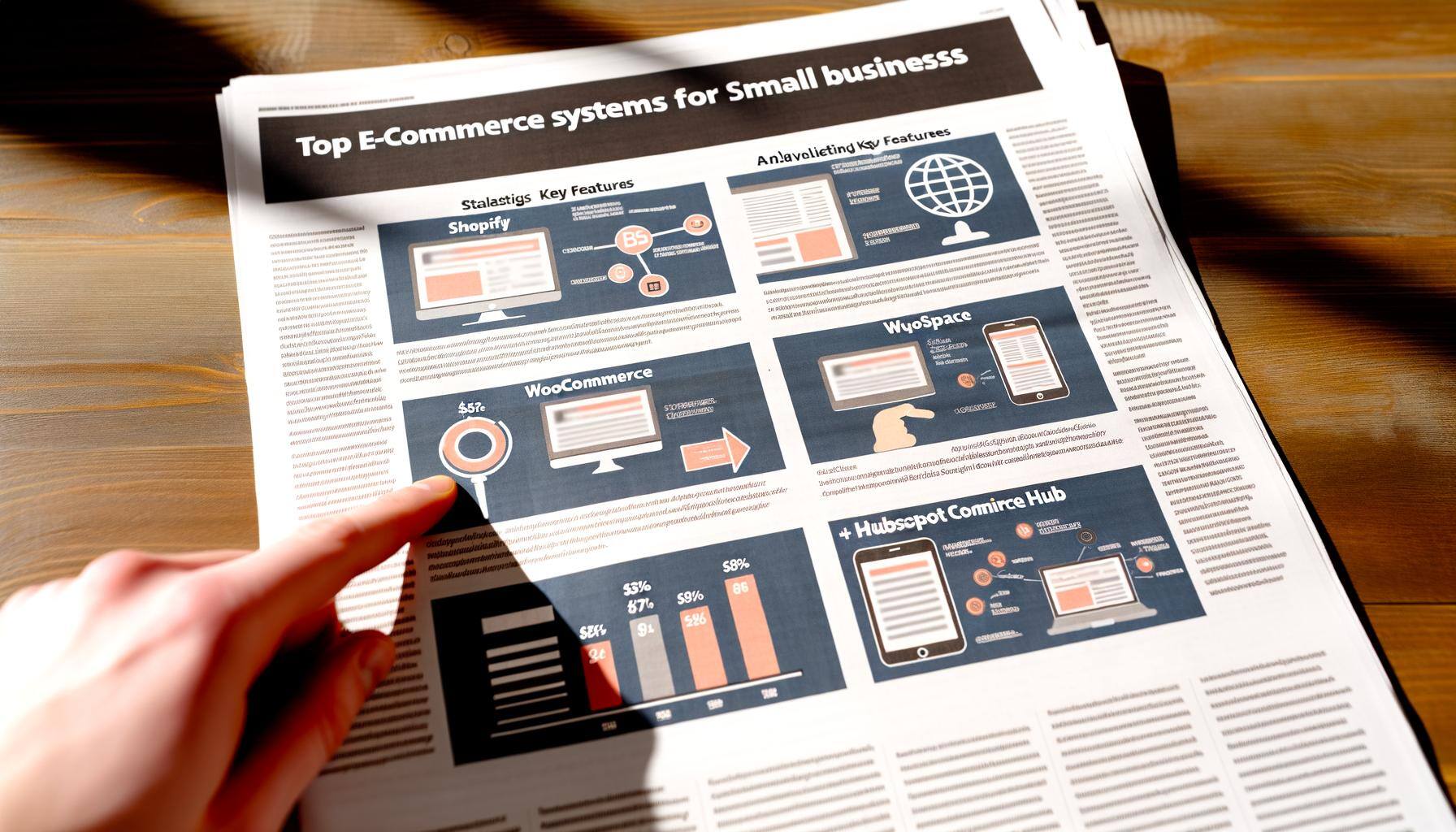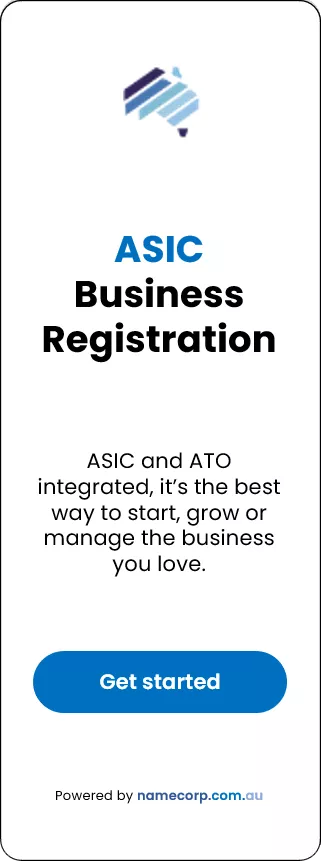Most Australian businesses run a July to June financial year, with budgets typically prepared between February and May each year. The annual company budget is always a stressful and challenging time for the CFO and the financial planning and analysis FP&A team.
They’re managing a lot of stakeholders throughout the business, many of whom have budgeting well down their list of priorities; they have to pull data out of an array of incompatible systems; they’re shackled with software systems which usually don’t keep up with the changes to the business; and finally, the once-a-year budget process can’t respond to significant and performance changing events that arise as the year progresses.
There’s an opportunity for CFOs to integrate data analytics into the budget planning process and to shift budgeting from a static, once-a-year exercise to a more automated process where budgets forecasts update through the year.
Much of the process can be automated, with the budget forecast taking updated data, such as sales, and costs and balance sheet movements for instance, as the year unfolds.
They can also take in non-financial data, to incorporate the drivers of revenue and costs and therefore the drivers of the budget forecast. Taking an algorithmic approach with the application of machine learning and time-series modelling provides an opportunity to automate the process and forecast more accurately.
Less pressure at budget time
The year-round budget forecast takes the pressure off the finance team at budget time. Rather than starting from scratch, much of the work is already done when February or March rolls around. The annual budget then becomes an opportunity for the CFO and their team to take a deeper dive into the budget drivers, to check and update their assumptions, and provide the business with more granular detail.
Sustainability reporting is increasingly being included in company reports and this presents another challenge for the CFO, who needs to incorporate the direct costs of mitigating carbon dioxide emissions as well changed capital and operational costs.
The live and analytics-driven budget forecast might be an aspiration for CFOs, but a recently released survey by Deloitte revealed that most businesses are a long way from achieving this.
In fact, Deloitte estimates that 90% to 95% of companies are still relying on Excel to carry out their budget forecasts.
Deloitte estimates that 90% to 95% of companies, and the vast majority of finance teams are still using Microsoft Excel to run their budget calculations, mainly because it’s flexible to shape the calculations to meet the exact needs of the company and management, and because it is so familiar to everyone. Even when organisations have moved to planning software, a lot of staff still carry out their calculations in Excel and then manually plug the numbers into the budget model software.
Software too slow to manage change
As the business changes due to structural movements (e.g. M&A) acquisitions and divestments or new business conditions, companies sometimes respond by building a new model, or adapting their software based model to take account of the altered reporting needs. But the reality is that after spending months (or even years) and significant costs building the new software, it’s often usually out of date or too hard to use and suffers from the ‘black-box’ dilemma where users do not trust the outputs. Once again, users end up doing the calculations in Excel and then plug in the numbers.
However, Excel comes with its own set of problems. It’s easy to use but hard to control, often with many users able to alter the inputs and formulas; Excel struggles to draw in data from a range of sources; and finally, it’s very can be slow when handling large and complex models.
Forecast Global has recently partnered with a software-as-a-service company Coherent, to provide an application that will convert organisations’ complex Excel models into a software environment, known as Coherent Spark.
These problems encountered from off-the-shelf planning software and from Excel based tools are overcome once an Excel model is converted into software. There is more information about Coherent Spark here.
All-in-all, it’s time for corporate budgeting to start the move from the static, analogue budget to the more dynamic analytics-driven budget forecast that can take in a wider range of variables and update as the year progresses.



